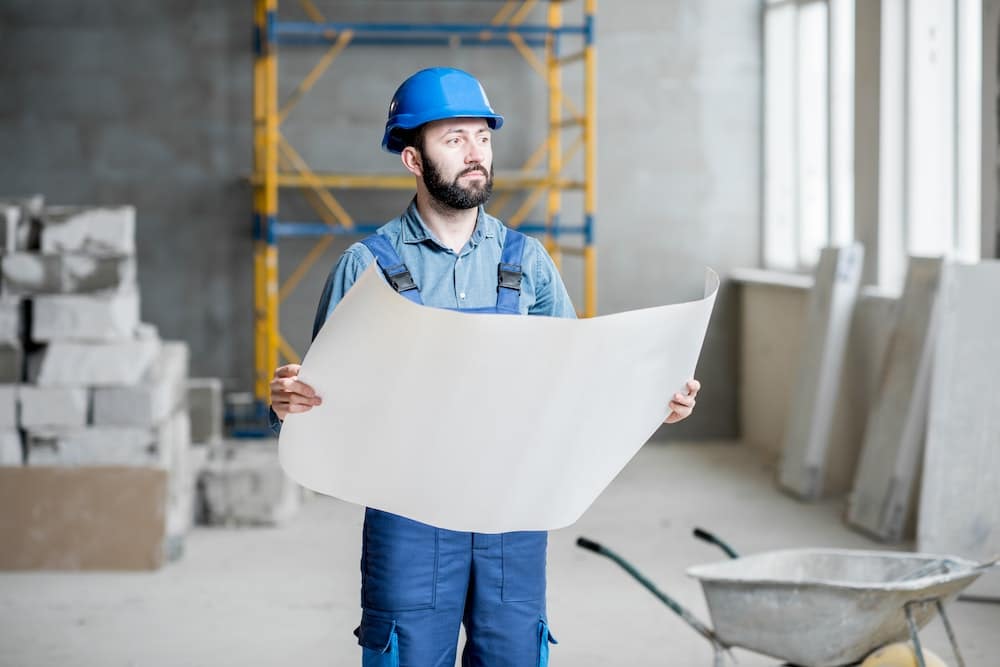Treehouses spark a sense of adventure and imagination in us all. Whether it’s a whimsical playhouse for your kids or a tranquil escape for adults, treehouses offer a unique retreat from the hustle and bustle of life. Yet, building a treehouse is a project that requires careful planning. It’s not just about drilling some nails into a tree. You need to consider various factors like the design, materials, and importantly, local regulations.
In this article, we’ll guide you through the best approach to build a treehouse that adheres to local laws, ensuring your construction project is as smooth as possible. We’ll cover the steps from designing your treehouse, selecting the right tree, construction materials, to the best practices for a sustainable and safe treehouse.
A lire également : How to Effectively Soundproof a Home Music Studio in an Apartment?
Designing your Treehouse
Before you start building a treehouse, you must have a solid design plan. This is important as it gives you a clear vision of what you want to achieve, how the treehouse will look, and how it will be constructed.
The design phase is also the best time to consider local regulations. Different areas have different rules when it comes to treehouse construction. Some localities may require you to keep the treehouse at a certain height, while others might require permits if the treehouse exceeds specific dimensions. Consult with your local council or planning department to understand these requirements and incorporate them into your design.
A découvrir également : What’s the Best Way to Create a Personalized Home Office for a Graphic Designer?
While designing, also consider how the treehouse will be used. If it’s for your kids, safety must be the highest priority. If it’s for adults, consider how to make it comfortable and relaxing. Factor in the number of people who will be using it and the weight it should support.
Choosing the Right Tree
Choosing the right tree is a crucial step in the treehouse building process. Not every tree is suitable for a treehouse. Some trees may not be strong enough or healthy enough to support a structure.
Firstly, consider the species of the tree. Hardwoods like oak, maple, and fir are generally strong and durable options. Secondly, the tree’s health is vital. A diseased or damaged tree can be a serious safety risk. Consult with an arborist to ascertain the health of the tree.
The tree’s size also plays a role. It must be big enough to support the treehouse and the people who will use it. Lastly, consider the tree’s location. It should be at a safe distance from power lines and not too close to other buildings.
Ensuring the Right Materials
Choosing the right materials for your treehouse construction is vital for both its durability and safety. The materials you choose should be sturdy, resistant to rot and insect damage, and suited for outdoor use.
Wood is the most common material used in treehouse construction. It’s naturally suited to the outdoor environment and easy to work with. However, it’s essential to choose a type of wood that is durable and treated for outdoor use.
The hardware you use should also be top quality. This includes the bolts and screws that will hold your treehouse together. Stainless steel or galvanized hardware is typically the most reliable choice.
Building the Platform
Building the platform is the first step in the actual construction process. It forms the base of your treehouse and is what will support the entire structure.
To start, you will need to install the main support beams. These beams should be bolted into the tree using treehouse-specific hardware that allows for tree growth and movement. Once the main beams are in place, you can then install the joists and finally the flooring.
Ensure the platform is level and stable before proceeding with the rest of the construction. This is the foundation of your treehouse, and any issues here can lead to problems down the line.
The Construction Phase
With the platform built, you can now proceed with the construction of the walls and roof. The process here is similar to building a standard house, just on a smaller scale.
Start by constructing the walls. It’s typically best to build the walls on the ground and then hoist them into place on the platform. Use braces to hold the walls in place until they are securely fastened.
Next, build the roof. The design of the roof can vary depending on your treehouse design. However, it’s essential to ensure it is waterproof to protect the interior of the treehouse.
Lastly, consider adding some finishing touches like windows, a door, and maybe even a deck. These can add extra functionality to your treehouse and make it an even more enjoyable space.
Building a treehouse is a significant project, but with careful planning and consideration of local regulations, it can be a rewarding and fulfilling endeavor. So, roll up your sleeves, and let’s start building your dream treehouse!
Complying with Local Regulations
When planning to build a treehouse, it’s imperative to familiarize yourself with your local regulations. Bear in mind that these regulations can vary significantly from one area to another. Essentially, they are rules that guide the construction of various structures, including treehouses, to ensure safety and to maintain a particular aesthetic within the community.
In some areas, you may be required to apply for a building permit before you commence the treehouse construction. This usually involves submitting your design plans to the local council or planning department for approval. They will check if your structure adheres to specific guidelines such as height limitations, proximity to property lines, and whether the treehouse will obstruct any views.
Violating these regulations can lead to legal issues or hefty fines. So, it’s worth spending the time to research and understand the requirements within your locality. If you find the regulations too complex, consider consulting a professional, like an architect, construction lawyer, or even a custom treehouse builder. They can navigate the rules on your behalf and help you create a design that adheres to all the standards.
Making Your Treehouse Sustainable
Building a treehouse that not only complies with local regulations but also is sustainable should be your goal. A sustainable treehouse is one that minimizes its impact on the environment, is safe for the tree, and can withstand the test of time.
To make your treehouse sustainable, consider using environmentally friendly materials. Opt for wood that is sustainably sourced or recycled. Avoid using any toxic paints or finishes that can harm the tree or the environment.
Additionally, the way you attach your treehouse to the tree can affect the tree’s health. Using treehouse-specific hardware that allows for tree growth and movement can help prevent damaging the tree. Also, avoid pruning large branches as it could harm the tree and make it less stable.
Finally, consider how you can make your treehouse energy-efficient. For instance, you could use solar-powered lights or install insulation to regulate the temperature inside the treehouse.
Conclusion
Creating a DIY treehouse is a fun and rewarding project that can provide a unique retreat for both kids and adults. However, it’s not a task that should be taken lightly. From designing the treehouse and choosing the right tree, to selecting the right materials and ensuring that it’s sustainable, each step must be handled with great care.
Most importantly, always remember to comply with the local regulations to avoid any legal issues down the line. Though these regulations may seem cumbersome at first, they are there to ensure your treehouse is safe and blends well with the community’s aesthetics.
So, with proper planning, careful consideration of local regulations, and a focus on sustainability, you’re all set to start building your dream treehouse. Happy building!






